Phylum Hexapoda | Scientific name Phymatinae Higher classification Assassin Bug | |
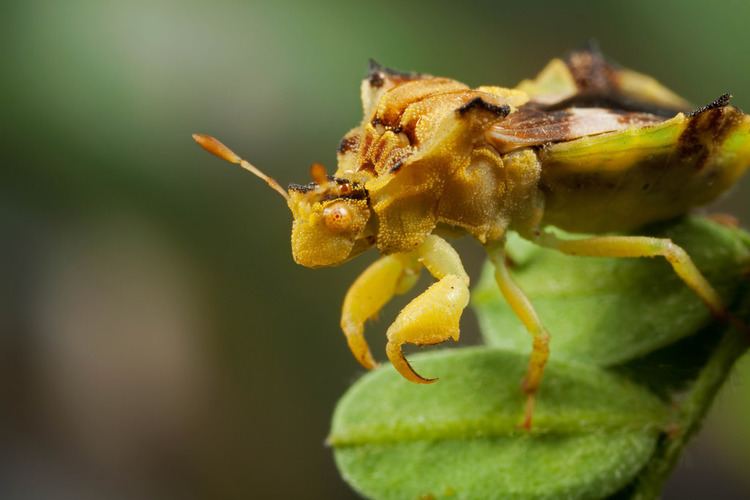 | ||
Similar Insect, True bugs, Assassin Bug, Phymata, Emesinae | ||
Phymatinae the ambush bug
Insects in the subfamily Phymatinae are commonly called ambush bugs after their habit of lying in wait for prey relying on their superb camouflage. Armed with raptorial forelegs, ambush bugs routinely capture prey ten or more times their own size. They form a subgroup within the assassin bugs.
Contents
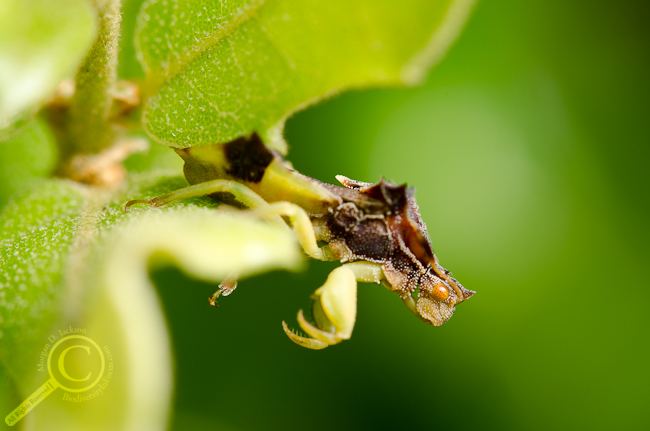
Ambush bugs phymata sp
Description
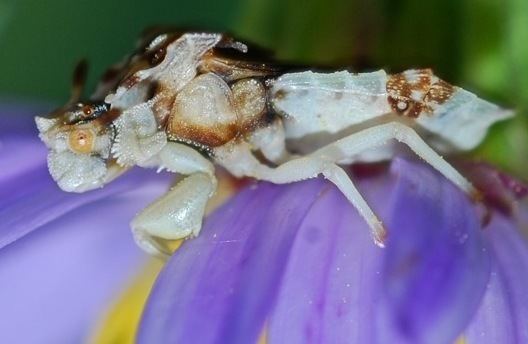
Phymatinae are 5–12 mm (0.20–0.47 in) long. In Phymata, the scutellum is triangular and shorter than the pronotum. In Macrocephalus, the scutellum is narrow and rounded and extends to the tip of the abdomen.
Phymatinae normally have a large fore femur and clubbed antennae. The forewing membranes sometimes lack distinct cells.
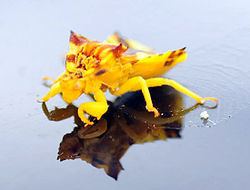
The antennae have four segments. There are two ocelli. The beak has three segments. The tarsi also have three segments. The rear half of the abdomen expands beyond the edges of the wings.
Taxonomy
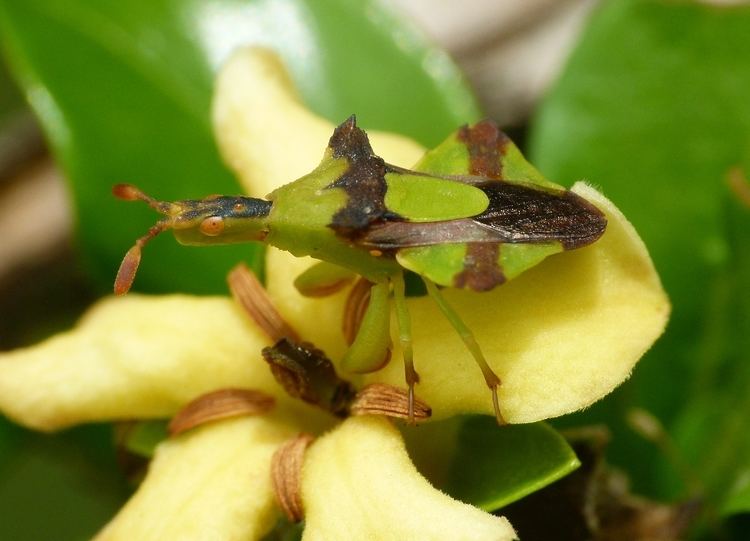
The subfamily Phymatinae was often given family-level status and this classification is still used in some textbooks. Based on cladistic analyses, however, ambush bugs (Phymatinae) are part of the family Reduviidae (assassin bugs).
Etymology
The name Phymatinae is derived from the Greek phymata meaning "swollen", which presumably refers to the enlarged abdomen and femora.
Taxonomy
The Phymatinae contain these species:
